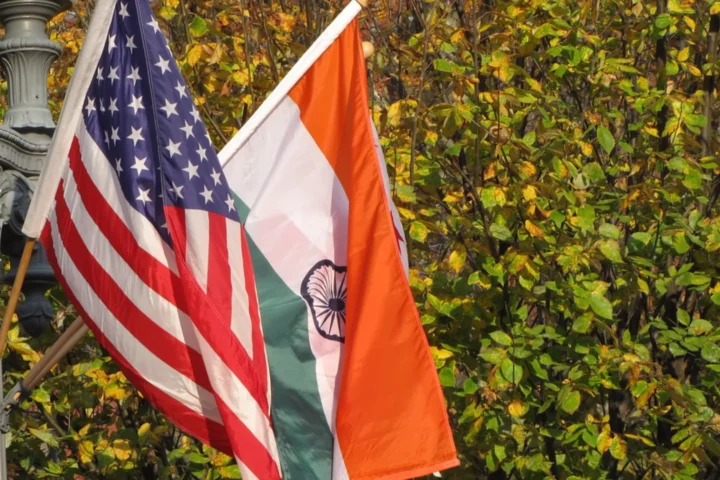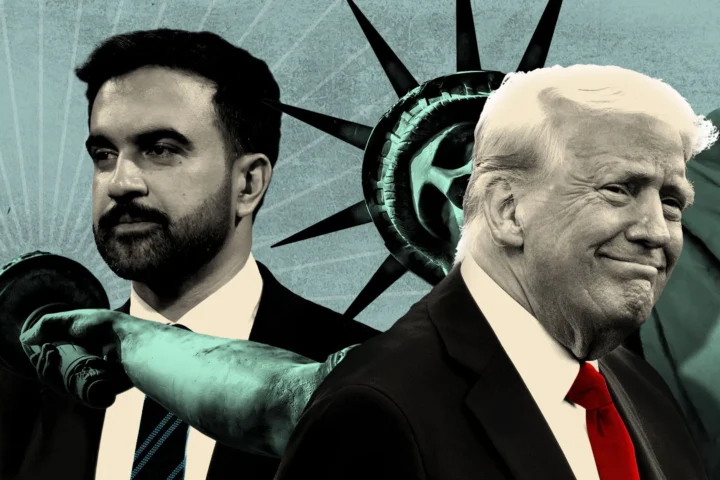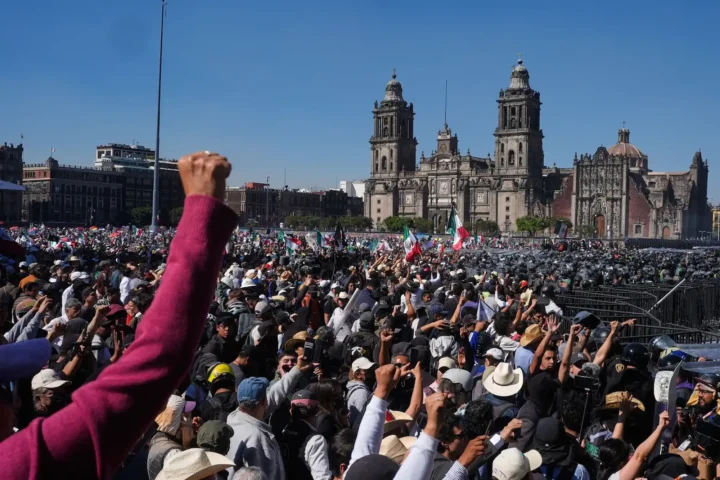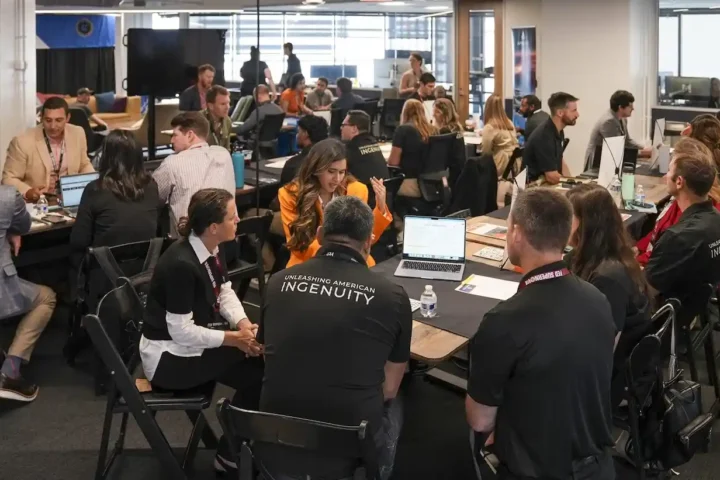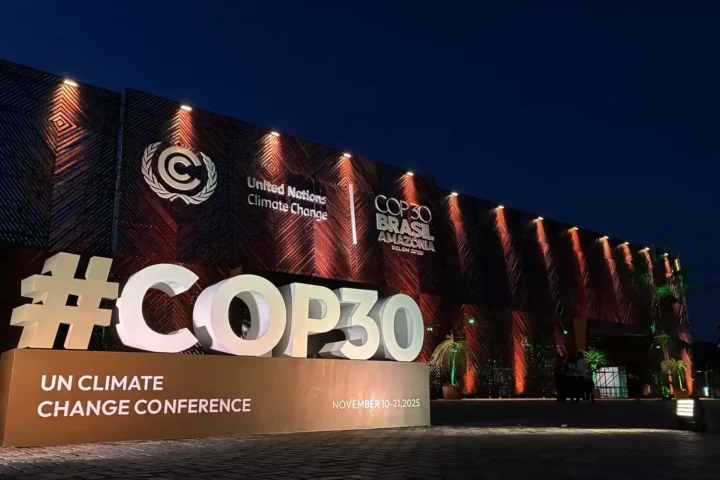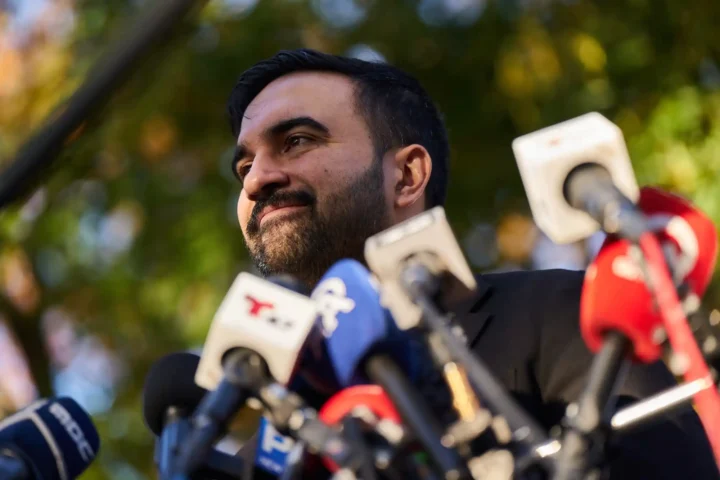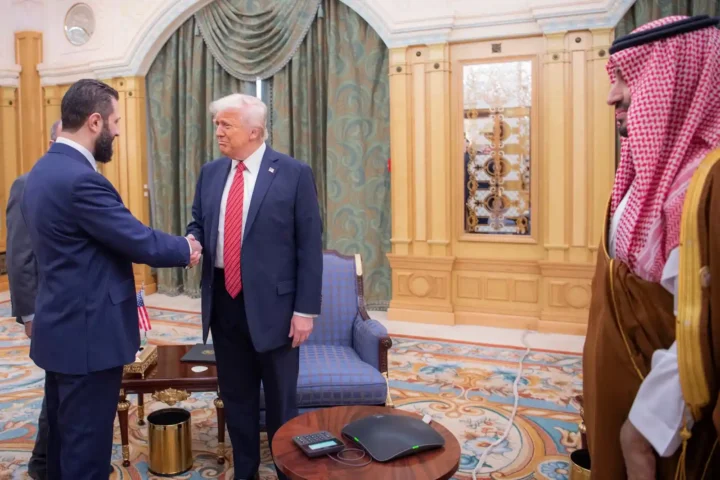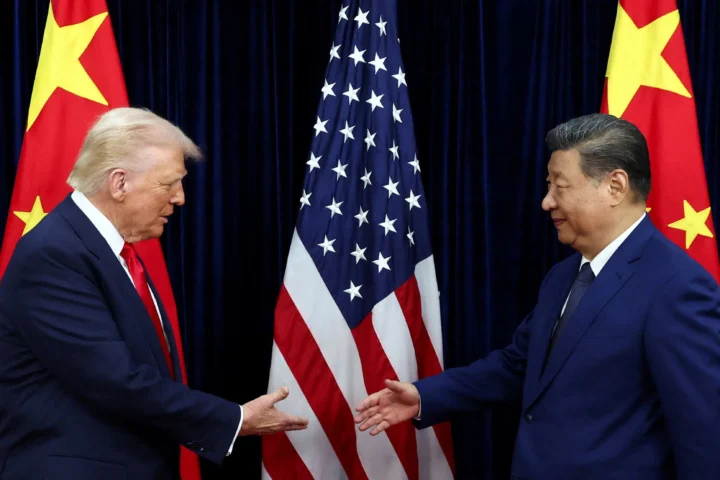What might have passed as a routine NATO summit quickly earned a new name from U.S. Secretary of State Marco Rubio: “The Trump Summit.” And not without reason.
In The Hague this week, the 32 NATO leaders came together with one overarching goal — reassure U.S. President Donald Trump that the alliance remains worth his time, attention, and, crucially, American dollars. In that effort, the summit delivered. NATO countries pledged to ramp up defense spending to 5 percent of GDP by 2035, a dramatic increase from the long-standing 2 percent target. Trump declared victory and reiterated America’s support for NATO — at least for now.
For many, this outcome brought temporary relief. NATO avoided another public scolding or worse, a U.S. exit. European leaders left reassured that the world’s most powerful military still stands behind the alliance, while the new spending pledge signaled a long-awaited shift toward European self-reliance on defense.
Yet beneath the smiles and staged family photos, a deeper anxiety runs through NATO’s core. The alliance has emerged from this summit intact — but changed.
A Fractured View of Threats
Nowhere is the shift more visible than in how allies perceive the threat from Russia. The summit communiqué described Russia as a “long-term threat,” a notably softer stance than last year’s declaration, which labeled it the “most significant and direct threat.” When pressed on whether Russian President Vladimir Putin is an adversary, Trump dodged the question.
Such ambiguity is unsettling for an alliance built on shared threat perception. Historically, unity in viewing Moscow — whether Soviet or Russian — as a common adversary has held NATO together. But today, with Washington leading efforts to downplay the danger, cracks in that consensus are showing.
Ukraine’s Future, NATO’s Divide
This division also casts a long shadow over NATO’s approach to Ukraine. While European leaders — led by Secretary-General Mark Rutte — insist Ukraine’s future in NATO is “irreversible,” Trump has all but abandoned efforts to broker peace and now frames the war as a “European problem.”
For Kyiv, this sends a chilling signal. For Europe, it raises uncomfortable questions about America’s reliability. As the conflict grinds on, NATO’s cohesion on Ukraine — and on confronting Russian aggression — appears increasingly fragile.
The Article 5 Dilemma
Trump’s skepticism doesn’t stop at Russia. He has openly questioned NATO’s foundational principle: collective defense, enshrined in Article 5. “There’s numerous definitions of Article 5,” Trump said en route to the summit, offering a vague commitment to being NATO members’ “friend.”
But Article 5’s wording leaves no room for interpretation: an attack on one is an attack on all. It has only been invoked once — after the September 11 attacks — when every NATO member rallied to America’s defense. For allies who once unquestioningly trusted that commitment in reverse, Trump’s comments were deeply unsettling.
Europe Steps Up — Because It Must
In response, NATO leaders approved an unprecedented defense spending increase. Countries will now aim to spend 5 percent of GDP on defense, with 3.5 percent earmarked for core military capabilities — nearly double the previous target. The new plan also outlines the forces each country must develop and maintain to ensure readiness against threats like Russia.
This marks a profound shift: Europe and Canada are preparing to assume a far greater share of the alliance’s military burden. As U.S. Defense Secretary Pete Hegseth bluntly stated earlier this year, America can no longer be primarily responsible for Europe’s security.
Trump, meanwhile, made it clear that the U.S. won’t apply the 5 percent rule to itself. “We’ve been supporting NATO so long,” he said. “So, I don’t think we should.”
A Changing Balance of Power
The result is not just more money or troops, but a gradual realignment of power within the alliance. As European nations ramp up defense spending and build capacity, their reliance on Washington will shrink. NATO, in turn, will become more European in character — and less American in influence.
This is not necessarily a negative outcome. Many analysts have long argued that Europe must shoulder more of its own security burden. But under Trump, the shift is no longer about “burden-sharing.” It’s about burden-shifting — and that could redefine NATO’s identity in ways that outlast any single presidency.
For now, the alliance survives. But questions about its long-term unity and purpose remain. And as Trump continues to mold NATO into his image, one thing is clear: this was his summit — and the alliance may never be the same.


